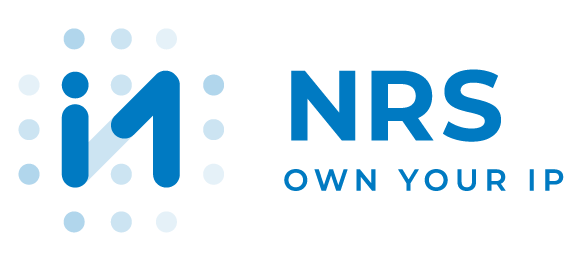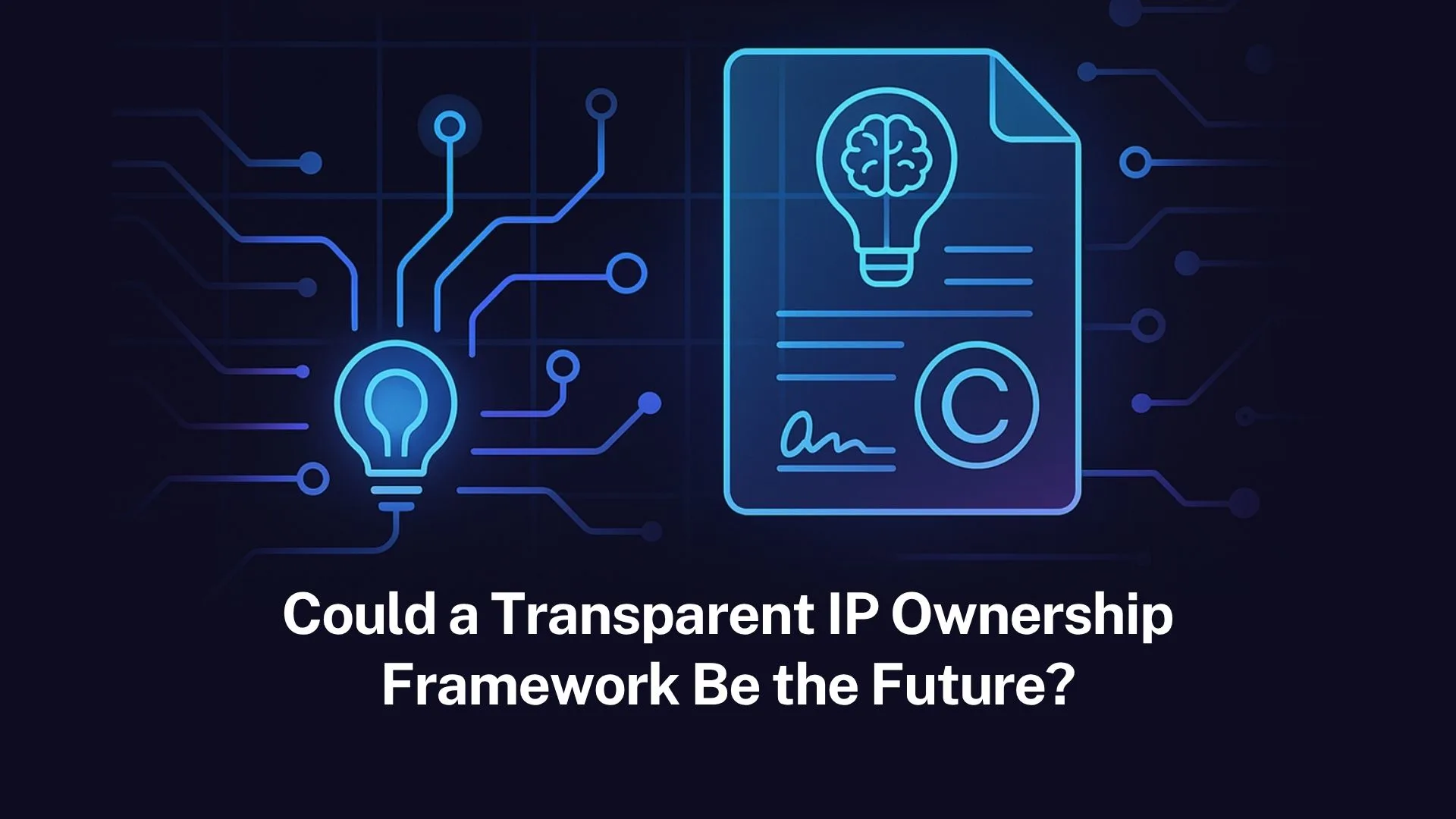Table of Contents
ToggleClear ownership rules might reduce fraud, spam, and unfair shares from old address blocks. These rules would allow better tracking and hold people accountable.
New tools like blockchain could create records that no one can change. These records might lead to fair and efficient ways to handle IP addresses in the future.
The evolving landscape of IP addresses
The system for addressing on the internet uses Internet Protocol (IP). This system has worked by giving out addresses instead of letting people own them. IPv4 is the main type. It has about 4.3 billion unique addresses. Many areas ran out of these addresses by 2015. This led to markets where people buy, sell, or rent addresses. Groups like ARIN and RIPE NCC manage these give-outs. These groups are Regional Internet Registries (RIRs). Legacy addresses make up about 45% of the space in use. People got these addresses before the RIRs set up their rules. These legacy addresses often have no strict contracts.
People debate who really owns IP addresses. Holders of legacy blocks say they have rights like property. They got these blocks early on from groups like the Internet Assigned Numbers Authority (IANA). No strong agreements bind them. Addresses given out after RIRs started come with rules. These rules are in agreements like ARIN’s Registration Services Agreement (RSA). The rules stress care over full ownership. Markets have grown. Transfers now value addresses at $9 to $12 each in some cases. The call for clear rules has grown stronger.
Challenges in current IP ownership models
Lack of clear ownership in IP addresses makes problems worse. These problems include abuse and poor use. Transfers happen in private markets. Some transfers do not get recorded. This leads to wrong data in registries. It makes it hard to fight crimes on the net. These crimes include spam or attacks that flood systems (DDoS). Police find it tough when ownership is not clear. Bad actors can use blocks without facing results.
Fair access is a key issue. Early users got large blocks. These went to schools and companies. This created big gaps. New groups must deal with high costs in markets. They can also switch to IPv6. IPv6 has huge numbers of addresses. Adoption of IPv6 moves slowly. Sellers in private markets say RIR rules raise costs. These rules slow down good use. RIRs say free markets without checks could harm the whole internet.
Court cases show these fights. One case was In re Nortel Networks in 2011. Courts let sales of legacy addresses happen. They often asked for Legacy RSA (LRSA) agreements. This mixed ideas of property with registry watch. Another case was Kremen v. Cohen in 2003. It showed limits on what RIRs can force on old holders after the fact.
Why transparency matters in IP allocation
Clear rules for owning IP addresses mean public records that people can check. These records show who controls which blocks. Such rules would cut risks of abuse. They would also help fair access. Tools like WHOIS databases give some data now. Problems come from deals not recorded in private. A stronger system could require updates right away. It could need proofs of right to route. It could set strict rules for moves. These would make sure give-outs match real needs.
Key gains include better blame. Clear IDs for wrong use would stop fraud. They would aid police. Clear rules could fix gaps. They could push moves to IPv6. Ways to shift unused legacy blocks could help. In times of few IPv4 addresses, this could stop market twists. Early holders keep big edges now.
Could blockchain enable a transparent IP ownership framework?
Blockchain stands out as a tool for clear IP address rules. It makes ledgers that spread out and stay the same. No one can alter them. Blockchain can log give-outs and moves. People can check ownership without one main group. This fixes weak spots in old IP Address Management (IPAM) systems. Those systems can have mistakes or changes by others.
Smart contracts could handle rules from RIRs on their own. They would make deals smooth. They would keep things clear. Logs would show all. People could trace them. No one could undo them. This cuts fights. It builds trust. Links with AI could guess use patterns. This would make give-outs better. As more people use it, blockchain could open new ways. These include safe renting of IP for IoT setups. Groups that run on their own (DAOs) could handle address groups.
Issues exist. Handling billions of addresses needs scale. RIRs must work together. Laws must match. Experts see more use ahead. This could build a stronger base for the net.
Expert insights on IP Ownership Transparency
Experts stress base values for IP address rules. These values are clear ways, open access, and fair shares. Milton Mueller works with the Internet Governance Project. He points to ARIN’s changes. ARIN has shown it can adjust contracts. It does this to give stronger rights to those who get addresses. This keeps people in the contract system. This shows pulls between registry power and market free ways.
Ernesto Rubi talks about old holders. Holders of legacy addresses have not agreed to limits. They can use, move, or keep their addresses without them. Marc Lindsey and Janine Goodman sell addresses. They call for better ways. Deals with IPv4 need to run smoother.
Lawrence E. Strickling once led at the US Department of Commerce. He backs models with many groups. These models aim for fair ways. The government set rules in Internet Protocol Numbering Principles. Lawrence Rudolph serves as NSF General Counsel. He backs early aims. NSF does not think ARIN can change rights given out. These came under deals with the National Science Foundation.
These ideas point to a time ahead. Clear rules must mix old rights with new fair needs.
Global implications of a transparent framework
Clear IP ownership rules would affect the world. RIR rules differ. RIPE lets legacy status stay after moves. This could pull addresses from strict areas like ARIN. It risks splits in the system. Same standards could stop this. They would build work across borders. Groups like ICANN could help.
In areas that grow, clear rules could spread access. They would aid links to the digital world. For key systems, clear ownership would boost safety on the net. Right registries let fast acts against threats. In money terms, it could steady markets. Clear logs cut checks needed. They pull in funds.
Tackling IP address abuse through transparency
Abuse grows in hidden spots. Spam and fake emails often come from taken or rented blocks. Their sources stay unclear. Clear ownership would force checks. It would make sure blocks do not get marked bad. It would tie them away from harm. Active steps could include open reports and rule checks. These would push away wrong users. RIRs push clear ways in their rules now. Better systems might add proofs for resources. These prove right routes. They stop wrong use.
Overcoming Barriers to Implementation
New clear rules face blocks. Old holders resist. They fear loss of rights. Costs to add tech rise high. Privacy issues come up. Clear ownership might clash with hides for user IPs. Apple uses iCloud Private Relay for this. Ways to fix include slow starts. Give rewards for following, like cuts for IPv6 shifts. Talks with groups matter. Clear laws from new court cases would help.
FAQs
What is an IP address? Why does ownership matter?
An IP address serves as a unique label for devices on the internet. Ownership matters. It sets control, rights to use, and duty to account. This holds true in times of few addresses and risks of wrong acts.
How does clear ownership in IP cut fraud?
Clear ownership lets checks that track blocks. It makes it hard for bad users to hide. They cannot use moves not recorded or taken addresses.
Can blockchain work for IP address control?
Blockchain can work. It gives records that spread out and do not change. These records handle give-outs and moves. They boost safety and good use. No main point fails.
What are legacy IP addresses?
Legacy addresses came before new RIRs. They often lack deals. This starts talks on rights like property against care roles.
Will clear rules speed IPv6 use?
Clear rules might speed it. They push shifts with ways to fix unused IPv4 blocks. They cut ties to rare resources in markets.




